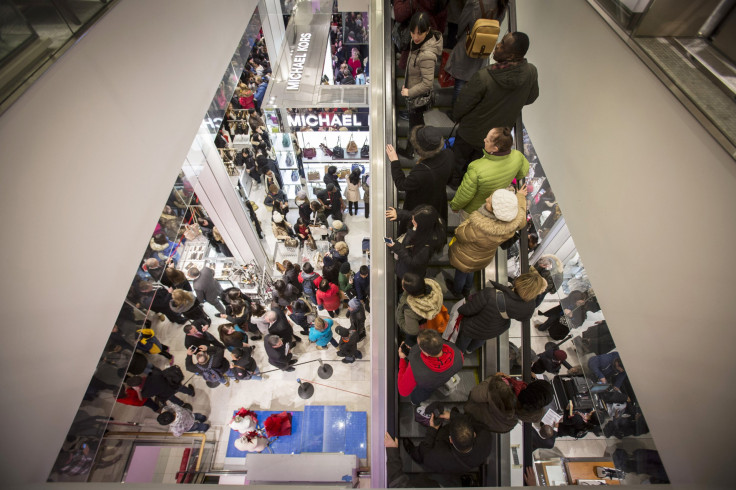Best Shopping Deals 2016: Black Friday And Cyber Monday Discounts Vary For Holiday Shoppers

For some, a tumultuous Thanksgiving of heated political banter looms ahead, but so does an internet-age-old decision: Brave the crowds for earlybird specials on Black Friday, or hope for better deals online as you shop in your pajamas on Monday?
Both have clear pros and cons, so the decision will vary from shopper to shopper. Black Friday has had a weaker selection of deals in recent deals than both Thanksgiving and Cyber Monday, according to editors at DealNews, and the retail sales publication projected 2016 will follow the same trend. The analysis found Cyber Monday dominated in terms of the sheer number of discount offers out there, with Black Friday coming in second and Thanksgiving Day coming in last.
But while staying in and comparing sales directly on your screen might seem like a much better alternative to department store stampedes—in-person shopping, after all, makes up more than 90 percent of U.S. retail sales—those Black Friday crowds may be dwindling.
Black Friday foot traffic is expected to drop 3.5 percent this year, according to data from Foursquare. That expected dip would follow a double-digit drop in foot traffic between 2014 and 2015, the consumer technology company found.
Adding to the argument for hitting brick and mortar stores this year, shipping rates for the three major parcel services on which much of the retail ecommerce industry relies raised their rates this year. The United States Parcel Service announced in January that it would be hiking its shipping prices for the first time in three years, and by nearly 10 percent. Around the same time, FedEx said its U.S. ground rates would rise 4.9 percent, and in September, UPS announced an increase of the same amount. The trend is hardly new: Both private shippers increased their rates by an average of 5.2 percent every year since 2006, according to data from logistics consulting firm Lojistic. So, barring a flurry of free shipping deals, shoppers may not be saving as much by staying home with shipping costs increasing up to three times faster than the rate of inflation.
© Copyright IBTimes 2025. All rights reserved.






















